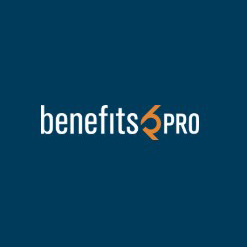12 Ways to Improve Open Enrollment
Open enrollment can be stressful for employees, HR professionals, and third-party benefit administrators. Vital information must be shared and digested, and timely financial decisions must be made so coverage can start on time. Your company workforce may range from experienced, veteran employees to new hires in their first job. It’s a tall task to pull off an open enrollment season that meets the needs of everyone involved (but you CAN do it!). Here are 12 ways










